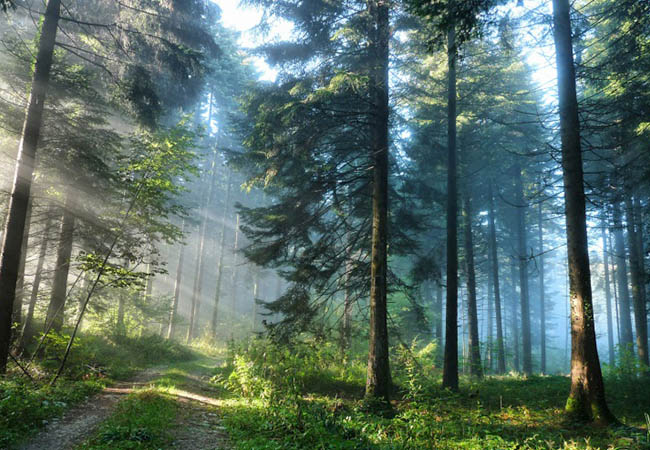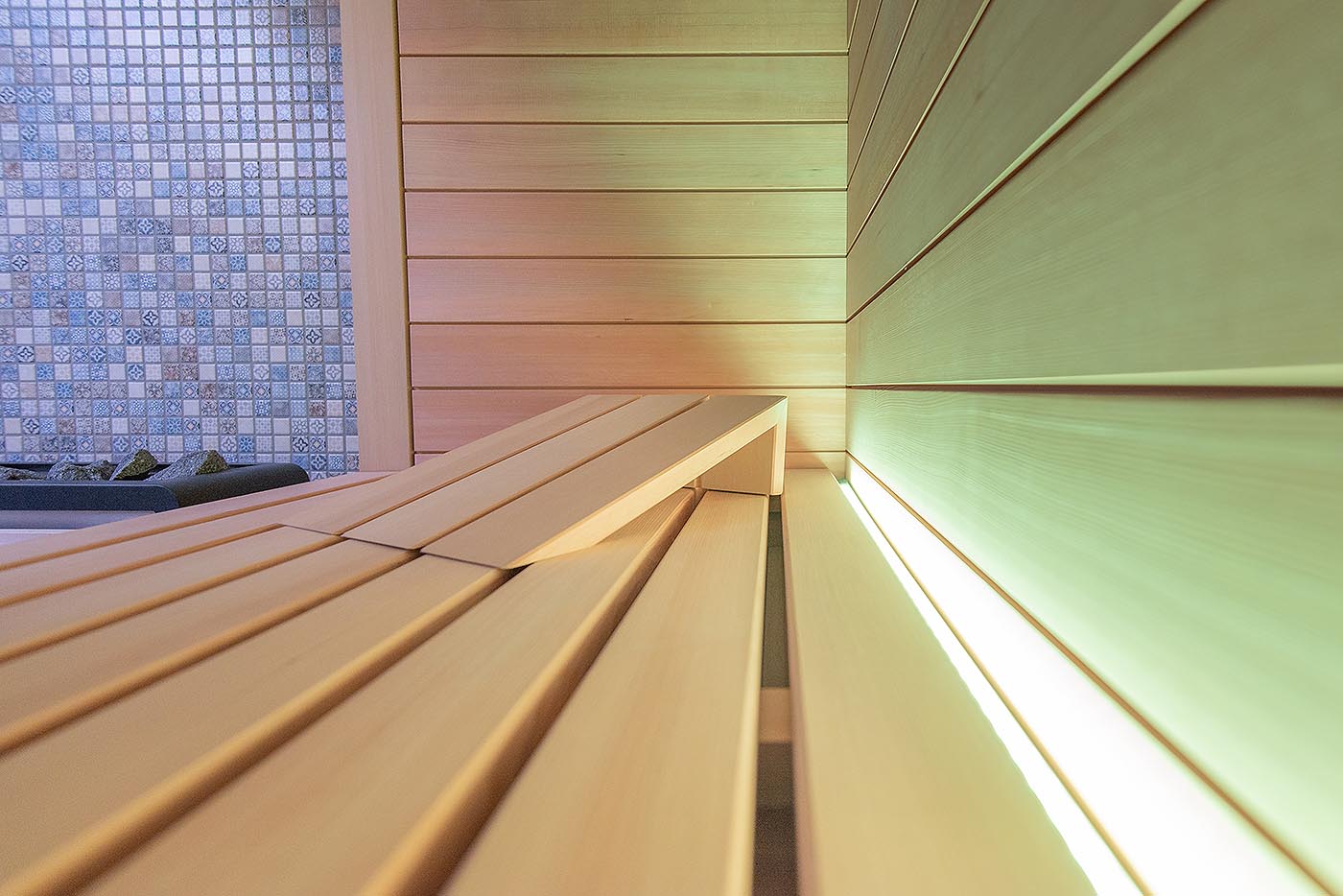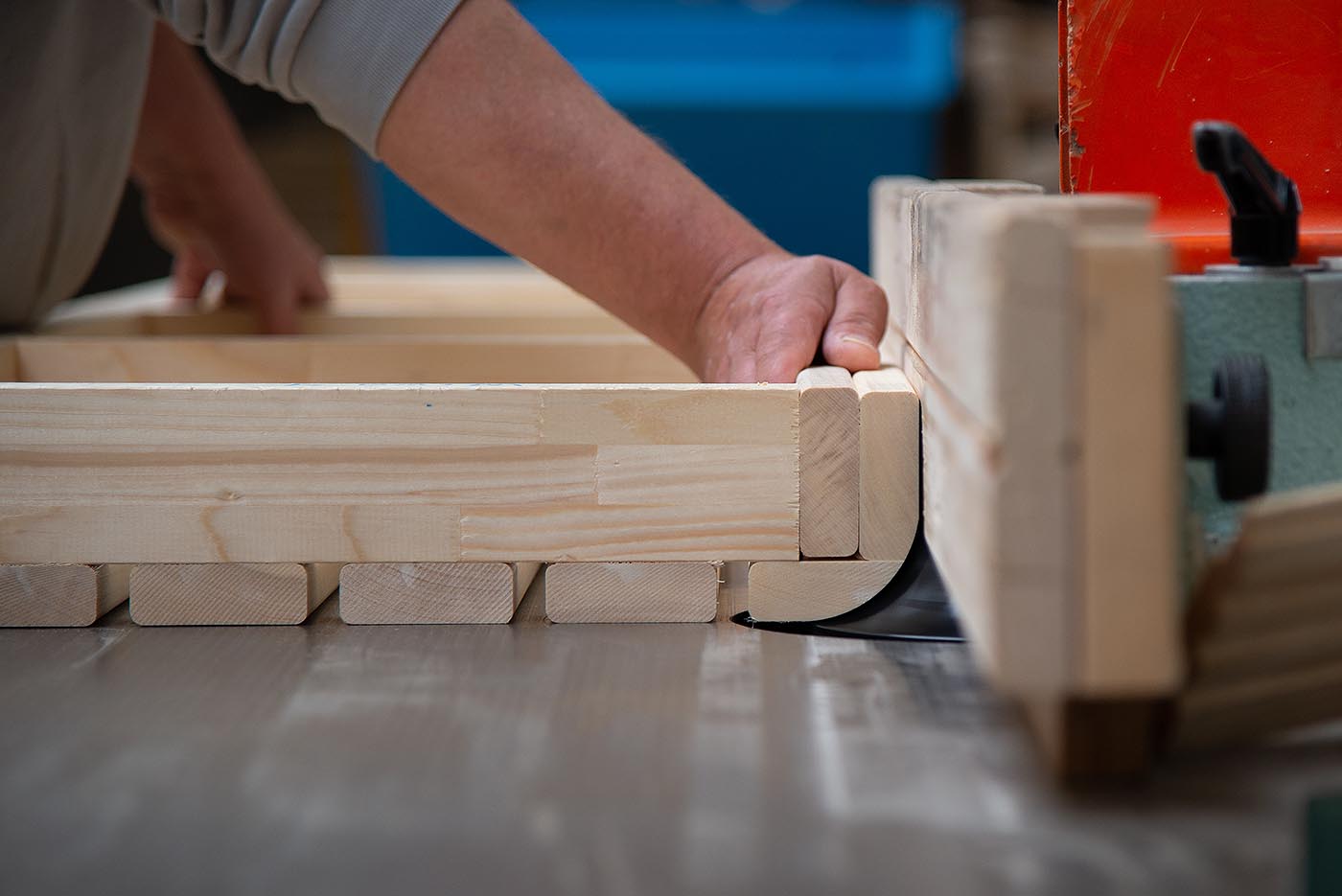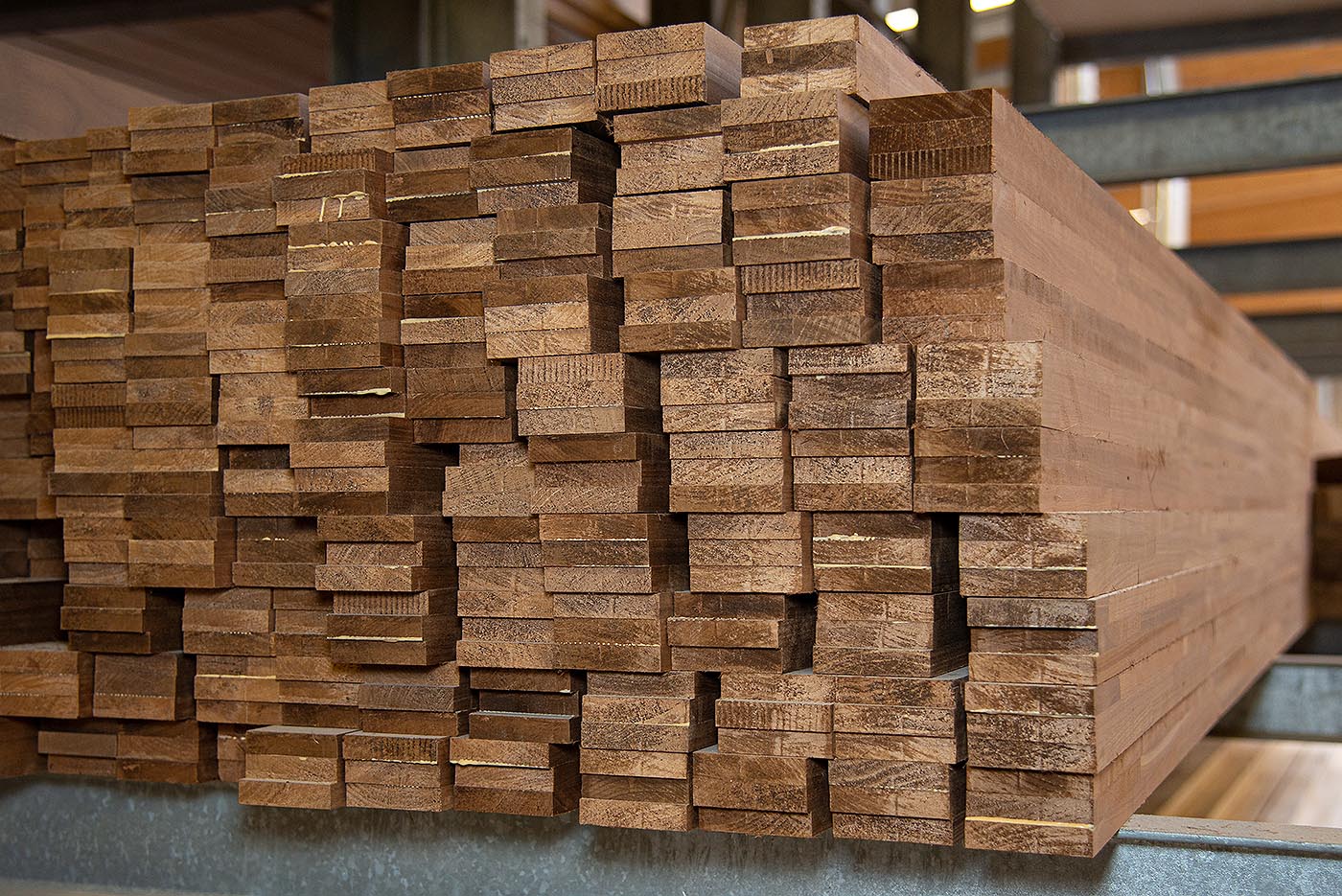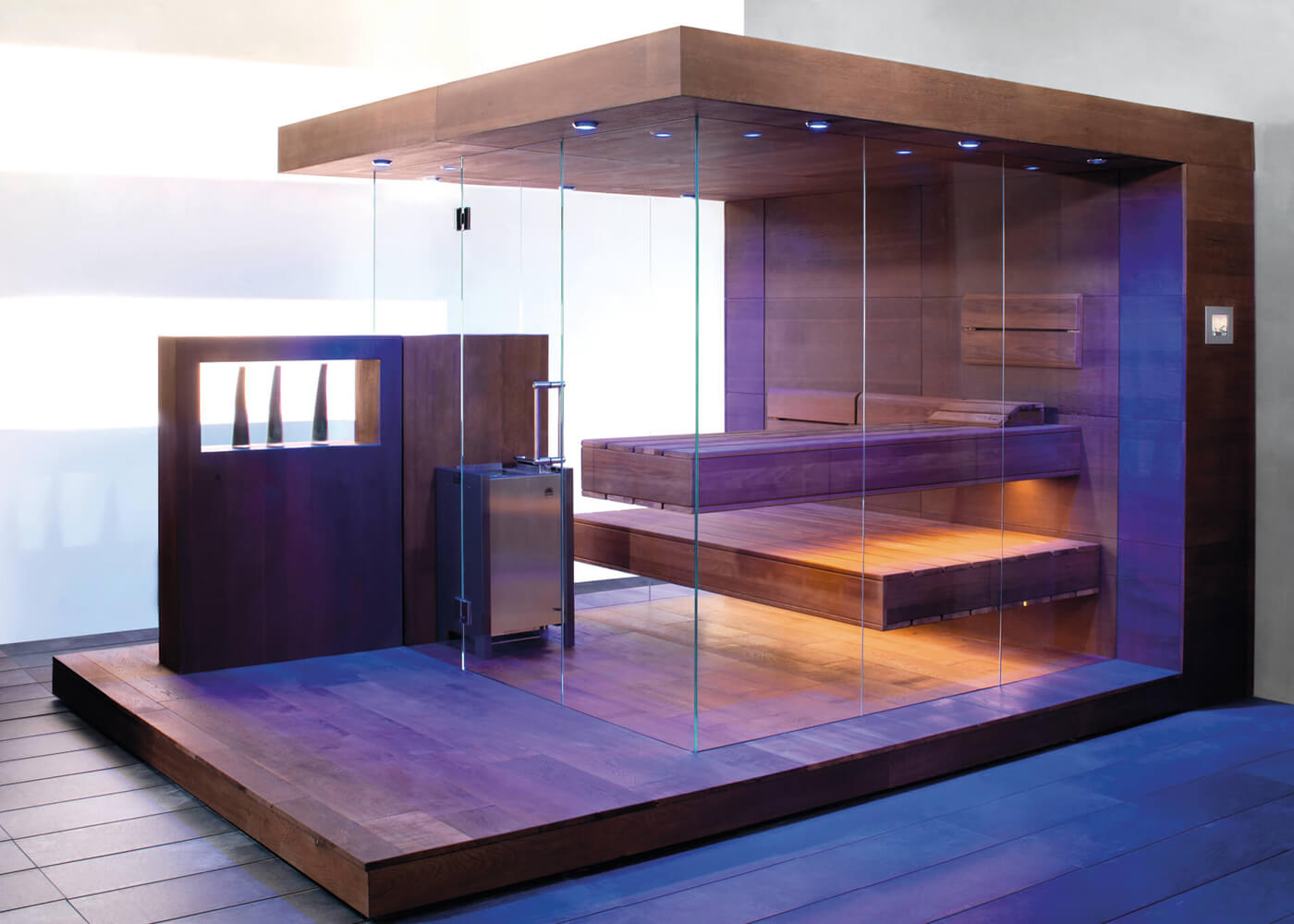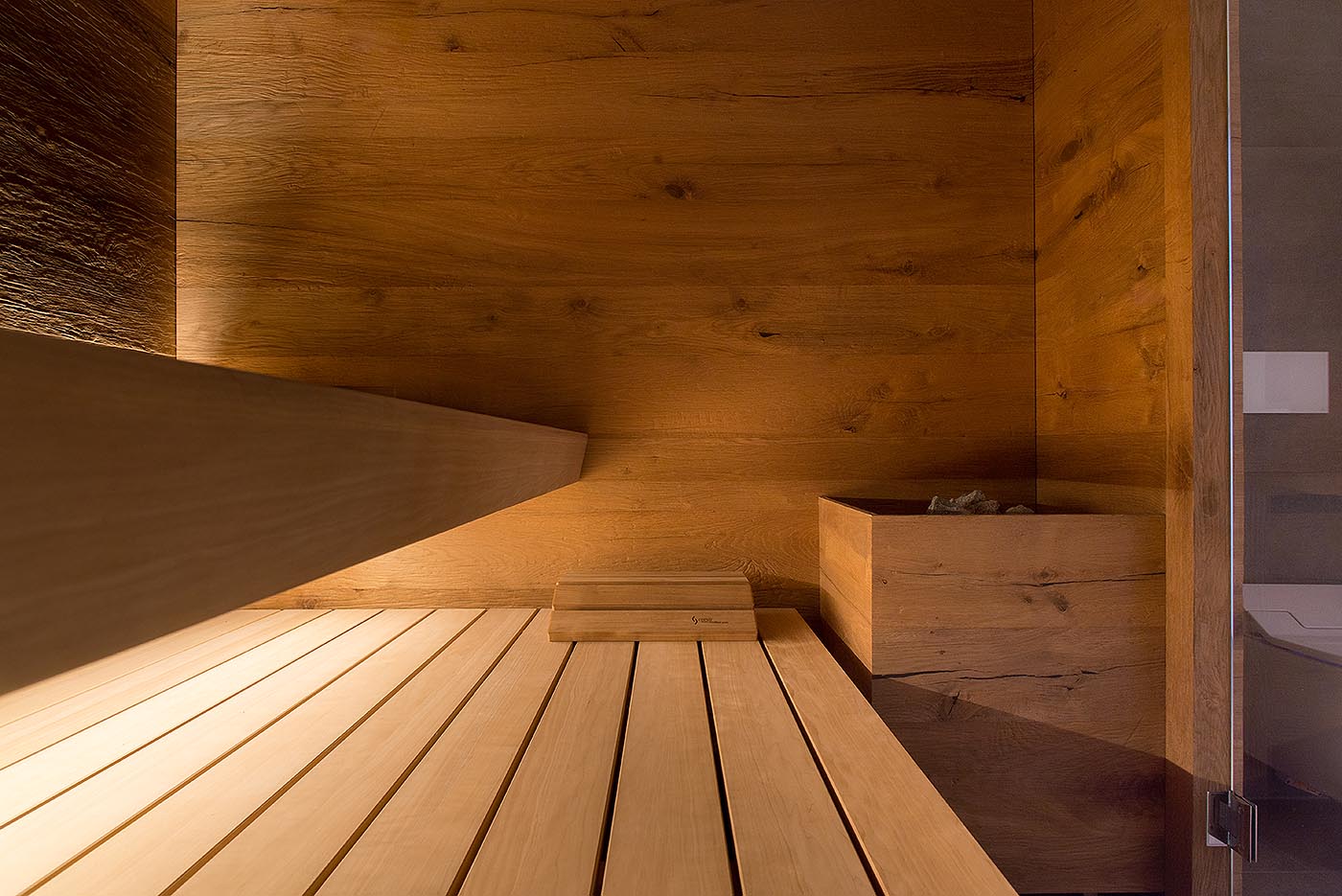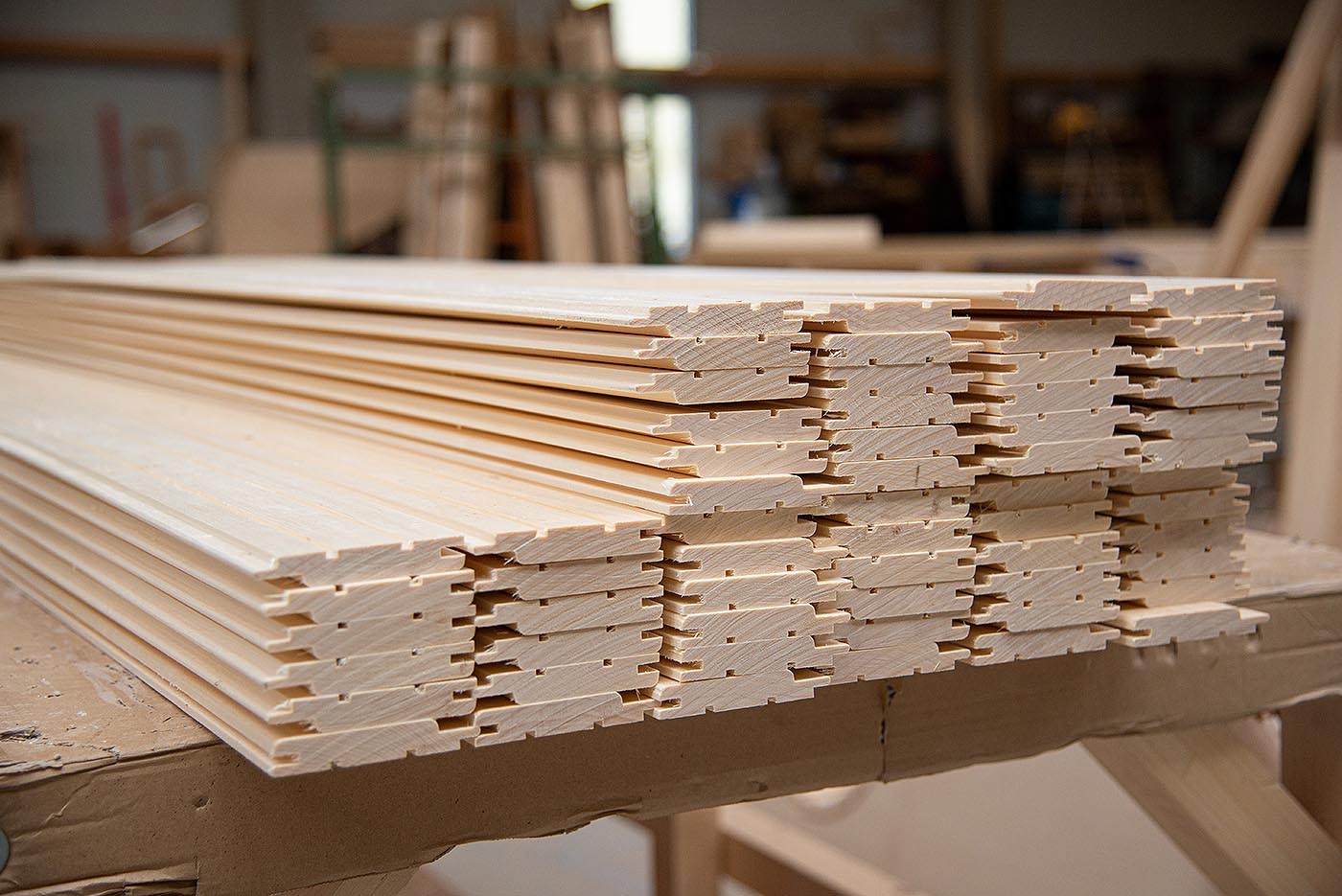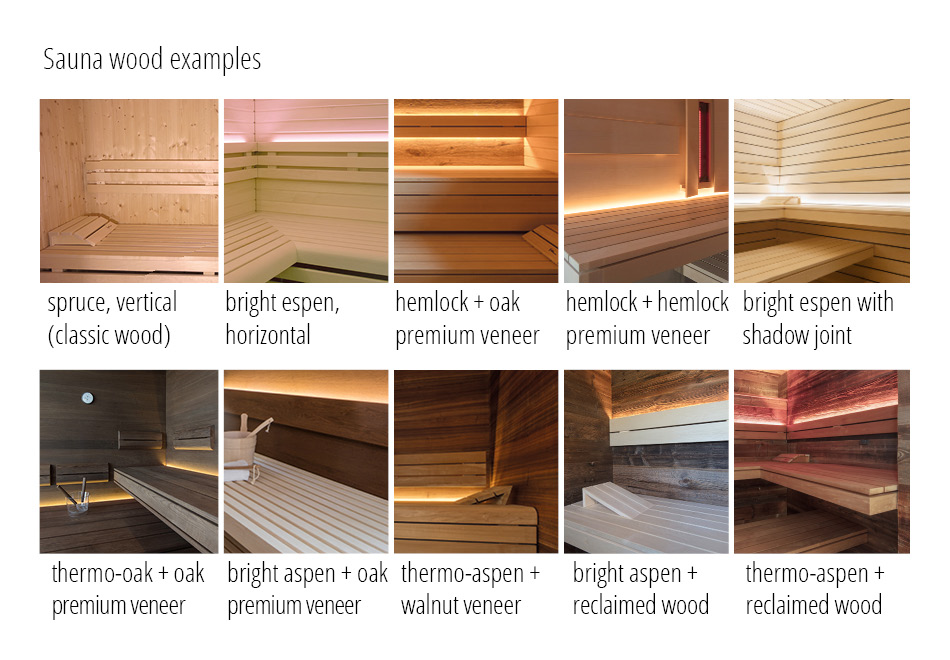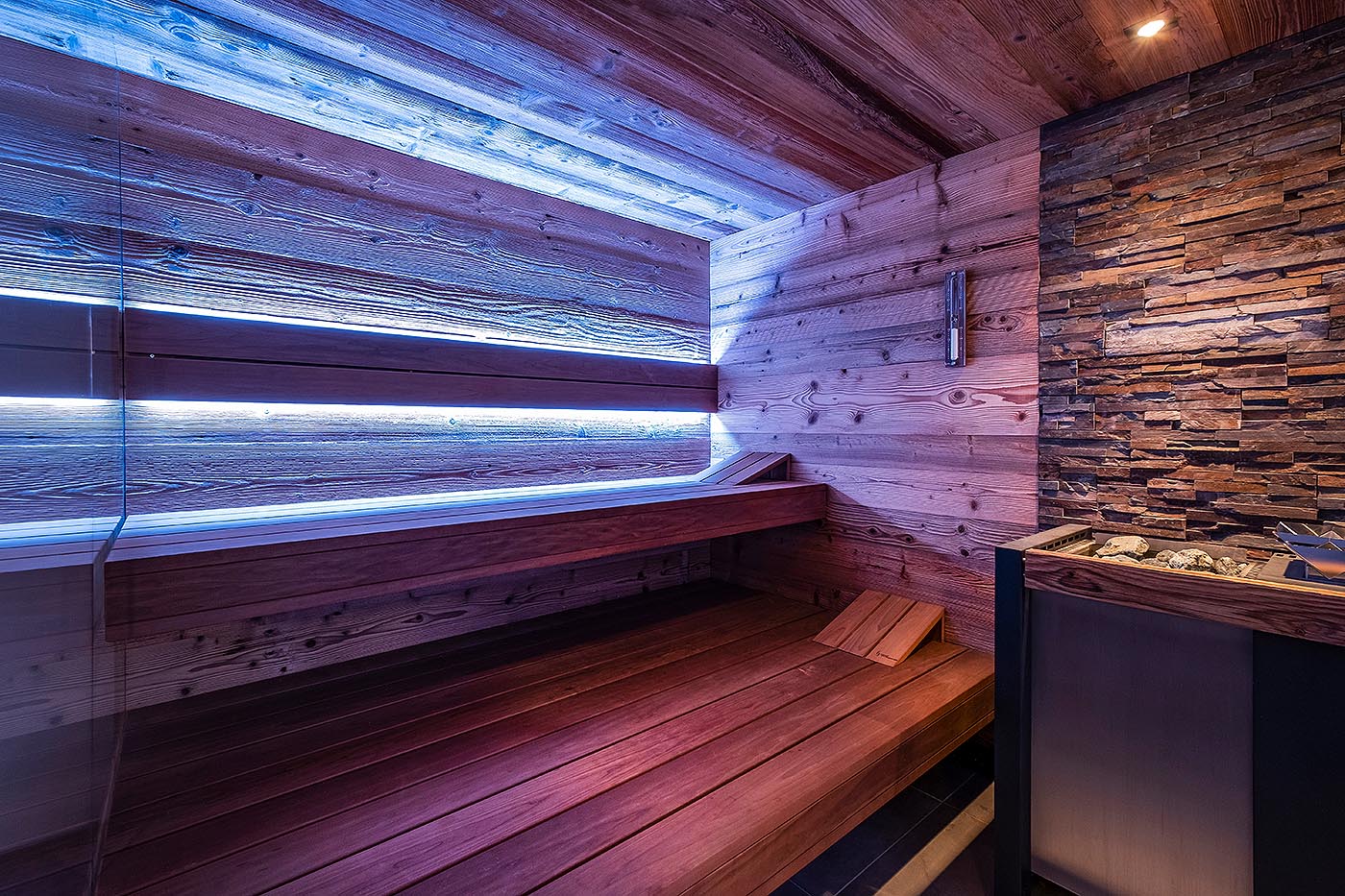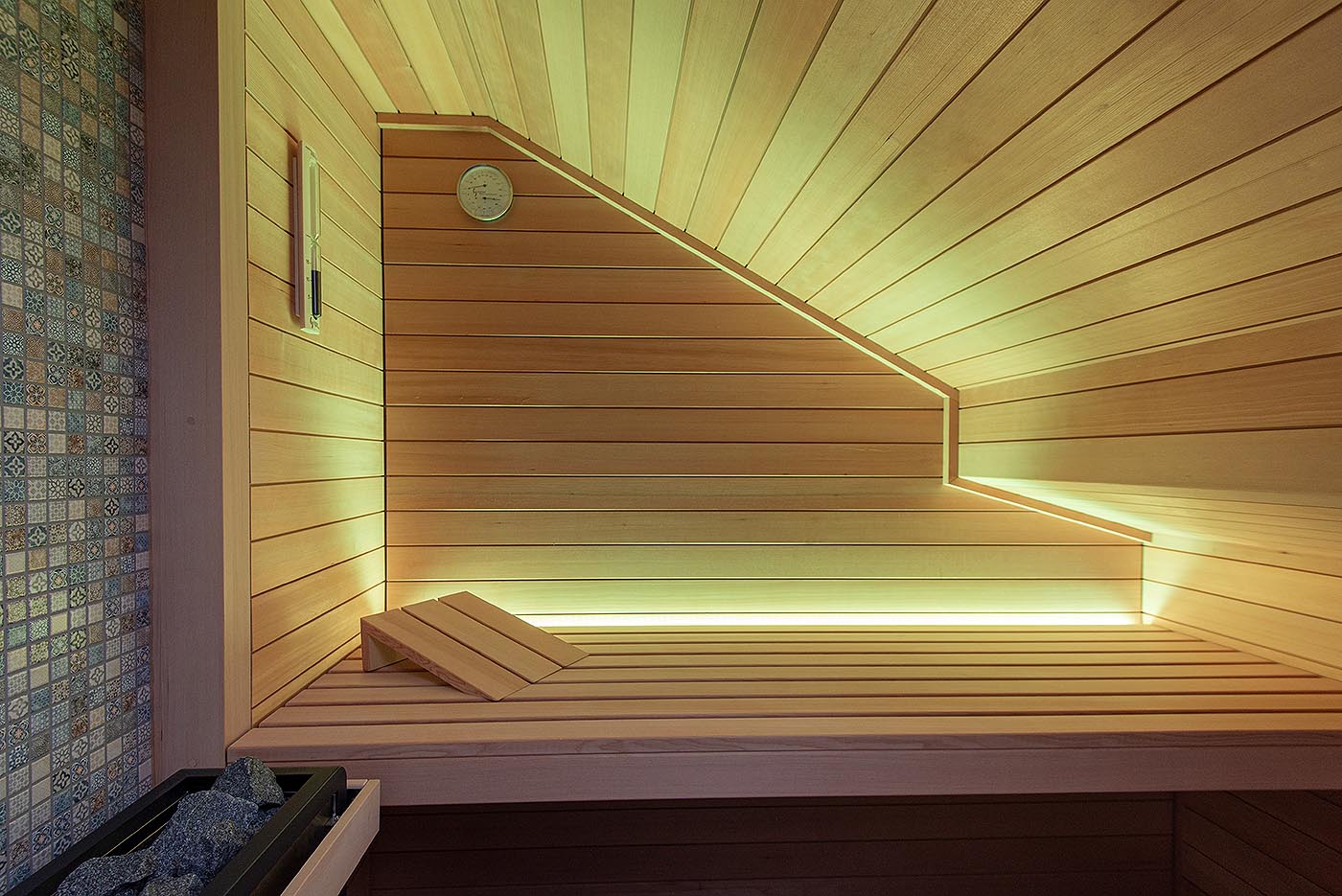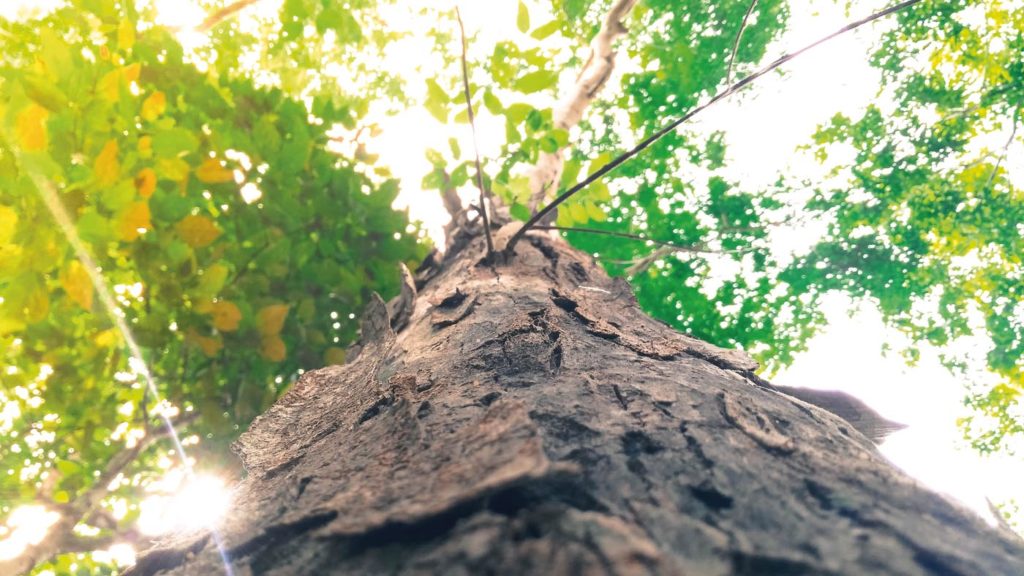
What wood is a sauna made of? Why is a sauna made of wood?
Sauna wood overview
Natural, cozy, durable and genuine. This is wood, for which we have a weakness. In addition, there is the wood colour, the grain and the unmistakable fragrance. All this makes our woods special – a material with its own character.
We get the wood for your corso sauna from the endless expanses of Canada, from the Scandinavian Arctic Circle or from the deep forests of Europe. In total, there are more than 100 varieties and all have one thing in common: the trees are planted in an environmentally conscious manner, cut in an appropriate manner and stored and dried gently. Endangered tree species and tropical woods are taboo at corso.
corso sauna woods withstand high temperatures without resining or warp. This is how they will make you happy for many years. Our bestsellers include domestic fir and aspen, Nordic spruce and Canadian hemlock fir as well as thermal aspen, for example for outdoor saunas. Thermo-treated wood is more resistant to moisture and shape, harder and longer-lasting.
Sauna wood: popular types
Which wood do you like? The fragrant fir with its distinctive streak? The graceful, bright aspen? The dark thermo-aspen, whose colour is reminiscent of exotic precious woods? The polar spruce with astone closures and spicy aroma? The soft, honey-coloured Hemlock wood? Discover the character diversity of our woods – and choose your favourite.
At corso you have the choice: more than 100 types of sauna wood are available. We are happy to show you here a small selection of the most popular corso sauna woods.
Our tip: Visit the corso exhibition to see, smell, feel our sauna wood… We will be happy to show you all the woods and find your favourite together.
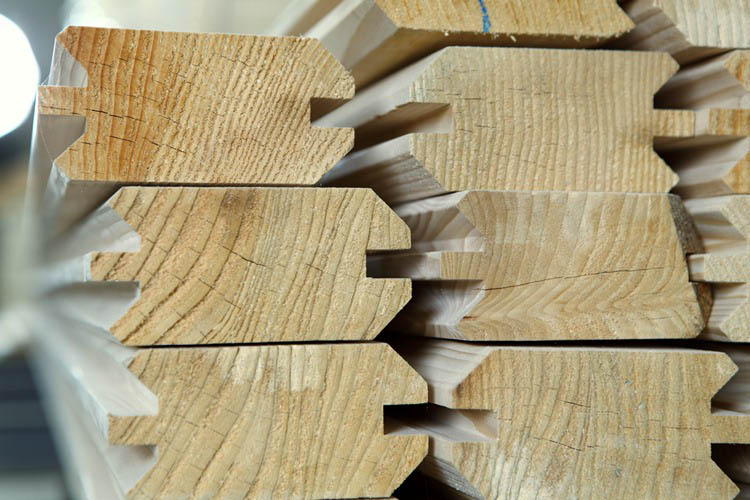
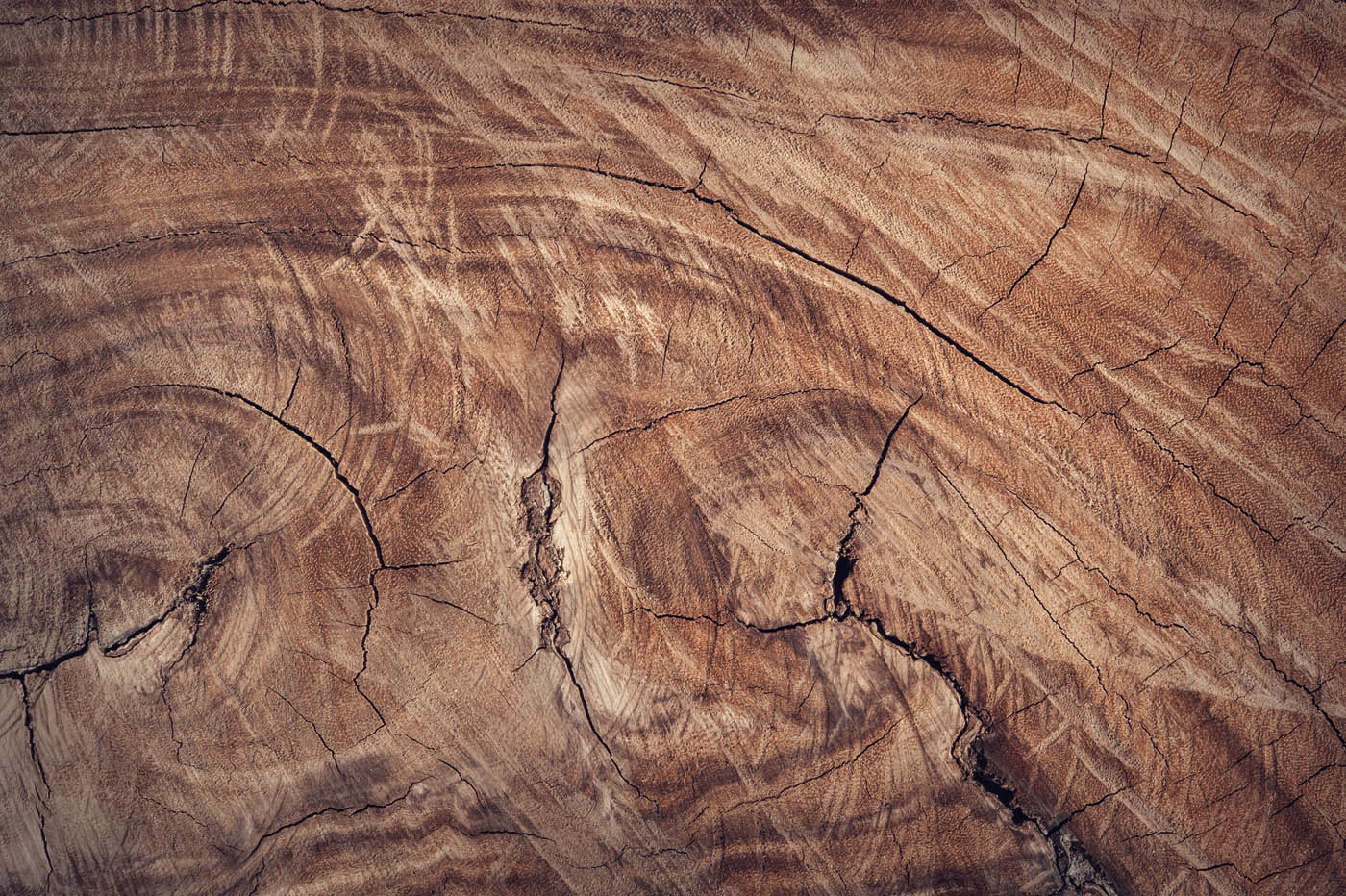
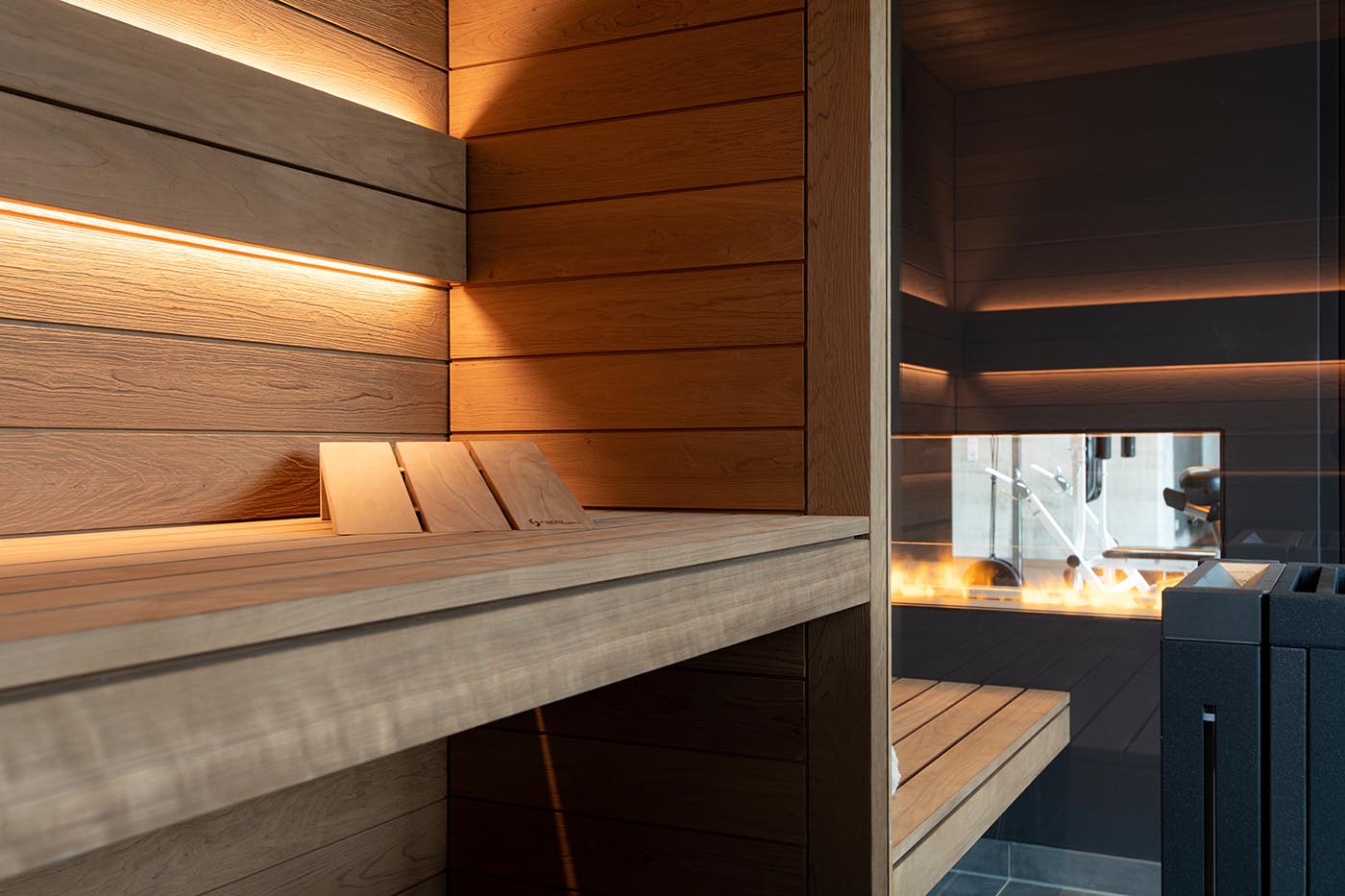
Why is a sauna made of wood?
The word SAUNA means ROOM OF WOOD. The use of wood in sauna construction has traditional but also practical reasons. The typical classic sauna comes from Finland, where there are many wooden huts. In addition, wooden saunas are much more pleasant: if you touch the surface with the bare skin, the wood is not as hot as it would be, for example, with a stone wall. In addition, the tailor-made production of a sauna made of wood opens up an infinite number of design possibilities!
The wood is used for the construction of the loungers and the interior cladding of the sauna cabin. The different types of sauna wood are different in their appearance, but also in their feel and smell. For example, spruce, aspen, oak or hemlock are frequently used. The smooth wood surface of the aspen, for example, is very calm and homogeneous. Due to its low thermal conductivity, the aspen is particularly suitable as sauna wood.
Technically speaking, wood is a natural heat insulator. The wood absorbs the heat generated by the sauna heater and pleasantly releases it back into the sauna interior. That is why it is important that the ratio of wood to glass is right: although glass is popular in sauna design today, there should not be too much glass, because glass makes the temperature distribution in the sauna more uneven and does not compensate humidity fluctuations. It is therefore important to choose a balanced ratio of materials, with two-thirds wood and one-third glass being optimal.
Why not use abachi as sauna wood?
We are often asked about abachi wood, as this is offered by other sauna manufacturers. We completely refrain from this, because this type of wood is taken from the second largest rainforest area on earth (and for this reason, the German Federal Agency for Nature Conservation has long advised against using abachi). In addition, the wood is open-pored and much softer than aspen, which is why abachi is more prone to mould.
What is thermo-wood? What is brushed thermo-aspen?
Thermo wood means that the wood is exposed to very high temperatures under complete oxygen deprivation, whereby the sugar molecules in the wood virtually “caramelise”. The thermal treatment makes the wood very moisture- and shape-resistant and correspondingly long-lasting. In addition, the light aspen changes its colour to a darker, warm wood colour.
When it comes to the interior panelling of the sauna, brushed thermo aspen is one of our favourites: the structured surface creates a cosy, rustic look and the surface enlargement simultaneously ensures an optimal sauna climate. With its unegal structure, the brushed wood is reminiscent of flotsam drawn by the rough sea, and the caramelised aspen also exudes a pleasant woody scent.
How to care for sauna wood?
Ideally, always use a large towel to sauna and make sure that sweat or toiletries do not come into contact with the wood. Then it is usually sufficient to wipe the sauna wood dry or fog-moist if necessary as described above. Since the sauna wood is dry and sensitive to moisture, it must not be cleaned wet under any circumstances. In order to remove stains and protect the sauna wood, we recommend the Lahti care products specially approved for the sauna area, which you can use directly in the corso e-SHOP > Sauna cleaning: All information about sauna cleaning > In order to preserve the wood for a long time, it is also important to thoroughly ventilate the sauna as well as the room after each use.
Since we have our corso sauna, I am much more relaxed.
Wood is a natural product
Wood is and remains a natural product. Each piece has its own appearance, its own character and its own growth-related vibrancy. This natural-rustic character, which is the special attraction of wood, requires a certain amount of leeway in the product quality. Despite the careful selection of materials and state-of-the-art manufacturing methods, each piece of wood is individual, so-to-say: “wood is not the same as wood”: its peculiarities and uniqueness are unaffected properties of this material. There may be variations in structure and hue. Small movements on board joints and occurring hair cracks have their origin in the natural wood properties and are a proof of the authenticity of the material. In the case of strong changes in humidity, minor changes in the dimensional accuracy of the woods cannot be completely ruled out (e.g. small joints in the rows/head joints or slight bulges/reductions may result). Wood also changes its hue over time, which is not a reason for complaint. Due to the influence of daytime light and especially sunlight as well as by intensive (house) lighting, the color of the wood surface can change.
Digital illustrations on our internet pages, imprints in brochures as well as wooden samples provided are always only a reference and do not constitute an assurance. Deviations are possible and permissible insofar as they are within the natural colour and structure width typical of the respective type of wood. The range of natural colour, structure and other differences within a type of wood are unaffected properties of the material wood and therefore cannot constitute a reason for complaint.
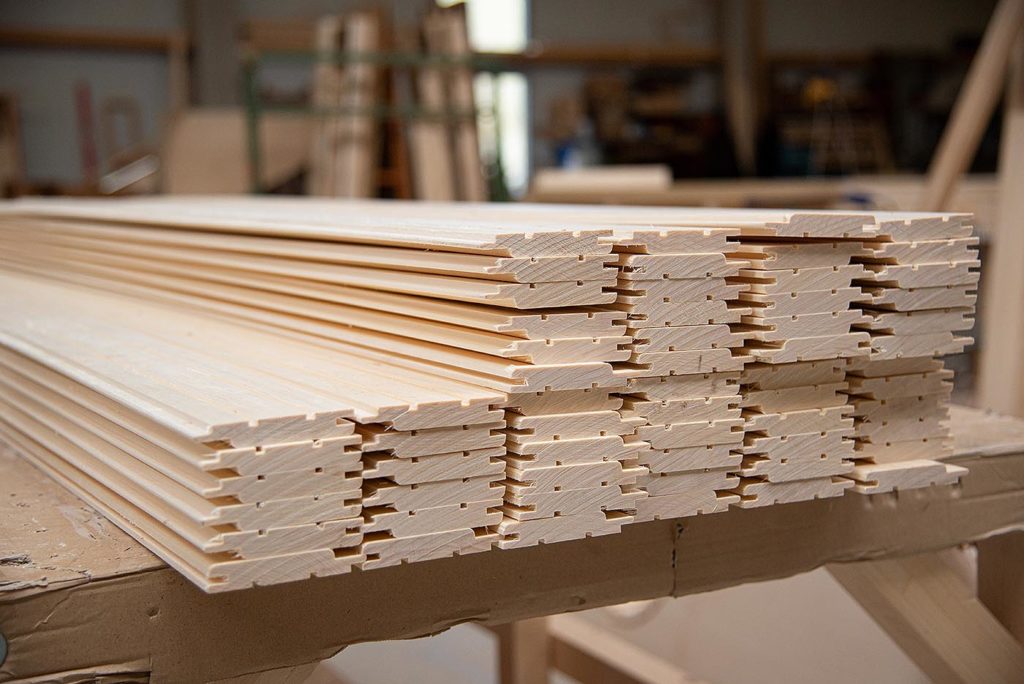
Further interesting information about sauna and sauna planning:
How do I plan an indoor sauna?
How do I plan an outdoor sauna?
What materials are a sauna made of?
In addition, users were looking for these questions on the topic:
Which wood for sauna?
Why not use abachi as sauna wood?
What is thermo wood, thermo aspen?
